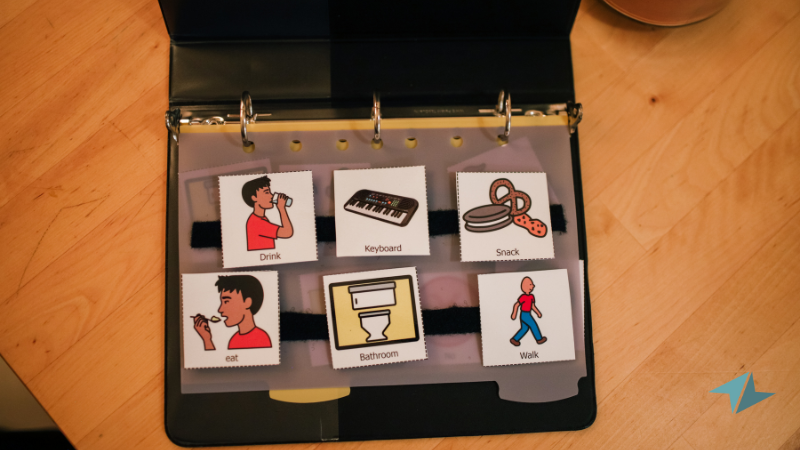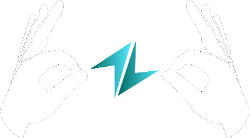Augmentative and Alternative Communication (AAC) refers to methods and tools used to help individuals with speech or language impairments communicate. It includes a wide range of techniques and devices, from simple gestures and picture boards to sophisticated speech-generating devices.

Types of AAC
There are two different types of augmentative and alternative communications, unaided and aided.
- Unaided AAC: Communication methods that don’t require external tools, such as gestures, sign language, and facial expressions.
- Aided AAC: Communication methods that involve external tools, such as picture boards, communication books, speech-generating devices (SGDs), and apps on tablets and smartphones.
Who Uses AAC?
AAC is used by individuals with various conditions that affect speech and language, including but not limited to:
- Cerebral palsy
- Autism spectrum disorder
- Down syndrome
- Aphasia (often due to stroke)
- Amyotrophic lateral sclerosis (ALS)
- Traumatic brain injury (TBI)
- Dysarthria
- Apraxia of Speech
- Intellectual Disabilities
- Multiple Sclerosis
- Spinal Cord Injuries
- Dementia or Alzheimer’s Disease
- Voice Disorders (e.g., laryngectomy)
- Hearing Loss (especially when combined with other conditions)
Benefits of AAC
There are many benefits to augmentative and alternative communication. It improves communication and provides a way for individuals to express themselves. It enhances Independence by allowing users to participate more fully in daily activities. It also supports development as it aids in language development and social interaction.
AACs in the Deaf Community
In the Deaf community, Augmentative and Alternative Communication (AAC) plays a unique and supportive role within various smaller parts of the community. Many Deaf people utilize sign language to communicate, but sign language is not the perfect communication avenue for all Deaf individuals.
For instance, individuals who are hard of hearing/Deaf that have additional intellectual challenges or struggle with the fine motor skills needed to create signs may benefit from tools like picture boards or speech-generating devices to express their needs more clearly.
AAC can also be paired with sign language or other forms of communication in order for a person to communicate most comfortably and effectively.
AAC is a vital tool for many individuals, enabling them to communicate effectively and participate more fully in life. Whether through simple gestures or advanced technology, AAC helps bridge the communication gap.
Until next time, ta ta! 😄🤟🏻



